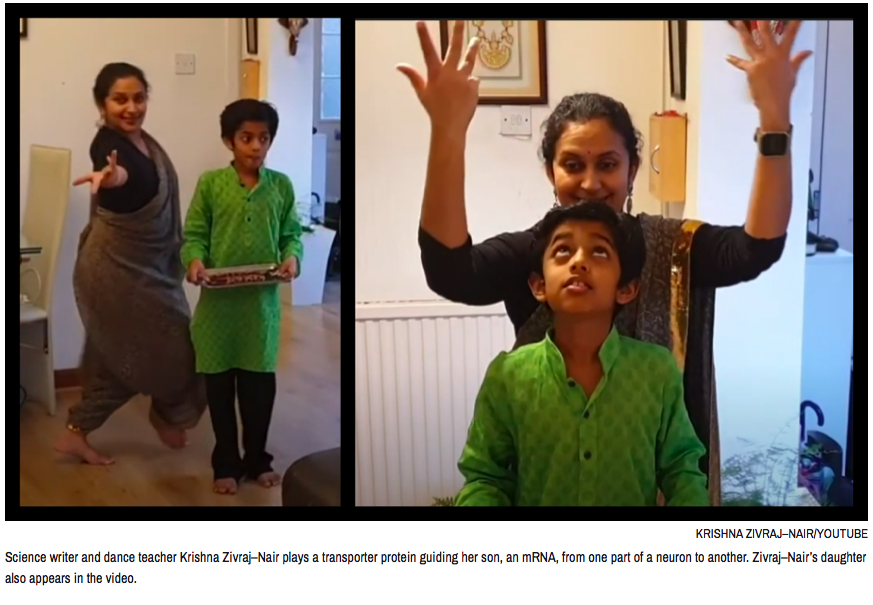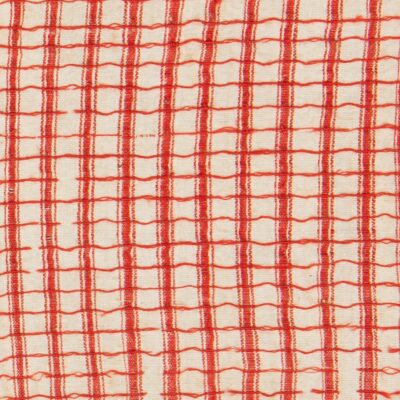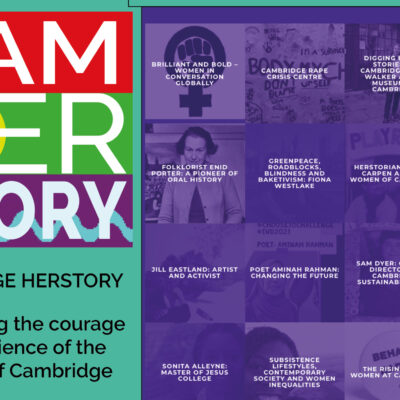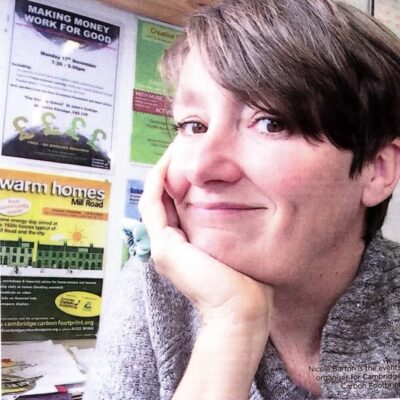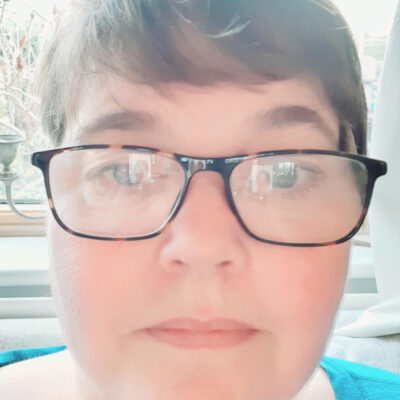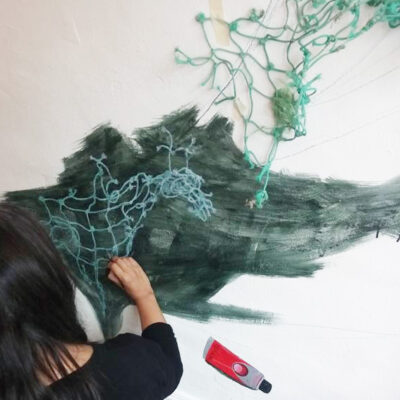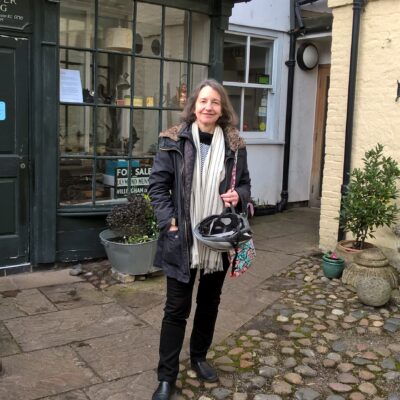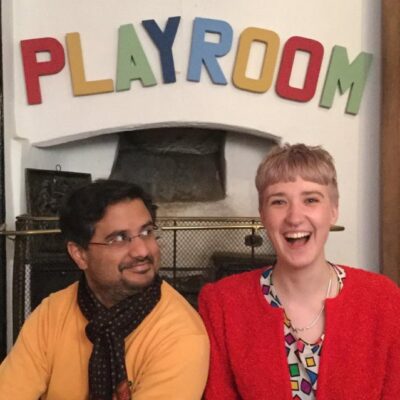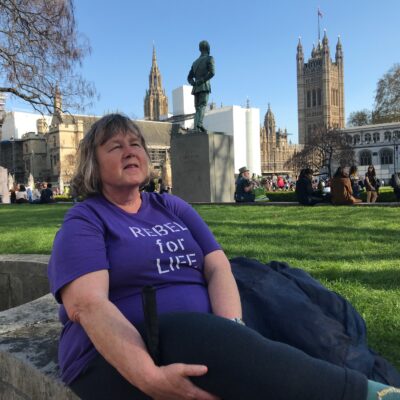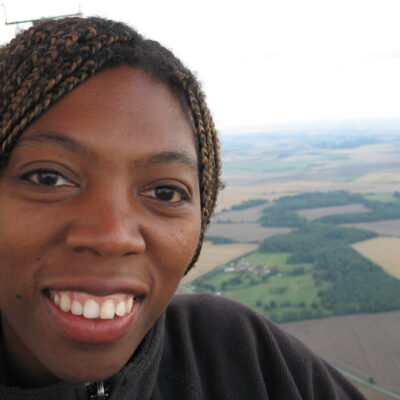Search by topic
- archaeology
- architecture
- bricklayer
- Building of Local Interest
- carpenter
- church
- crime
- dressmaker
- fire
- Great Eastern Railway
- listed building
- medieval
- oral history
- Public House
- Rattee & Kett
- Religious House
- Roman
- scholar
- school
- Then and Now
- tudor
- women
- work
- world war one
- world war two
Search by text
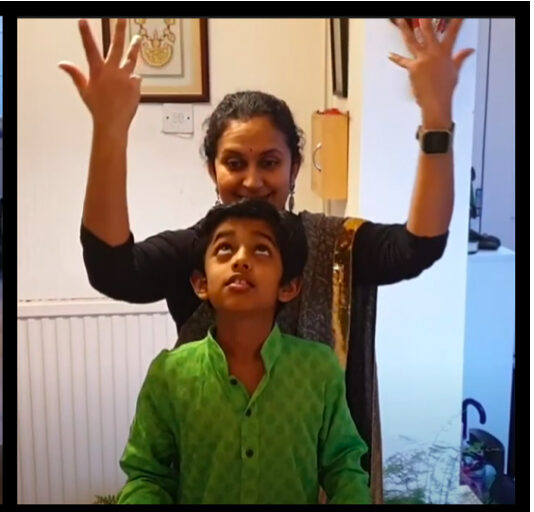
The neurobiologist who just couldn’t stop dancing
Dancing my Ph.D, by Krishna Zivraj-Nair
Following the completion of my PhD, I did my post-doctoral research at University of Cambridge in Prof. Christine Holt’s lab looking at axonal mRNA localisation in embryonic Xenopus retina. In 2011, after five years of post-doctoral research, I had my first child Sia. I wanted to see my baby grow and be with her at all times. So I moved away from the bench and worked as a freelance scientific writer while being a full-time Mummy! In 2013, my husband and I started our own science communications company called ASK Scientific. Along with science, I also taught dance part time and founded the award-winning Sanskruti School of Dance.
life Is Good
In 2018, I was diagnosed with stage 2 breast cancer. Following my experience of chemotherapy, radiotherapy, immunotherapy and two surgeries over 14 months, my new mantra for 2020-2021 is #LifeIsGood! Since my cancer days, I decided to focus more on Sanskruti and have been creating family dance, which has been supported by Arts Council England and other leading dance organisations in the country.
This dance film is based on my PhD dissertation “Regulation of dendritic MAP2 mRNA by MARTA2 in Rattus Norvegicus.” I did my PhD at University of Hamburg, Germany in Prof. Stefan Kindler’s lab, which focussed on the role of mRNA localisation and local protein translation at the synapse in hippocampal neuronal dendrites.
Read more about the competition in the ‘Become the protein’ Scientists put their best feet forward for ‘Dance your Ph.D.’ contest article by Laurel Oldach. March 04, 2021
The dance
I created this film during Covid19 lockdown. I asked my two children to help me create this film and together with my husband we filmed #MAP2 mRNA #traveldiaries. The film starts with a brief introduction about mRNA localisation in neuronal dendrites and there are three characters:
1) MAP2 mRNA played by my son Arjun
2) MARTA2 protein played by myself
3) MAP2 protein played by my daughter Sia
My husband Amit and I give full consent for our children to be a part of this film. In fact, this was a good way for my children to understand my PhD dissertation especially when we are restricted to stay at home at all times! Following the introduction, we show MAP2 mRNA in the cell soma ready to travel out into the dendrite. MARTA2 binds to MAP2 mRNA and together they travel out into the dendrite. MAP2 mRNA is translated to MAP2 protein in the dendrite, where she ‘dances’ to stabilise the dendritic cytoskeleton. But what happens, if MARTA2 is unwell and does not bind to MAP2 mRNA in the soma? MAP2 mRNA is stuck and can no longer travel to the dendrite. This means that MAP2 mRNA cannot be translated to a functional protein in the dendrite and is essentially in a ‘lockdown’. This shows the importance of MARTA2 in MAP2 mRNA transport and localisation to the dendrite.
We have used the iMovie maker to edit the different movements. The choreography includes Bharatanatyam and contemporary dance moves to tell the story. The location is our home as we are not allowed to do outdoor filming during lockdown. The music is “Luminous Emptiness” composed by Hang Massive available on YouTube and we do not own this music.
My PhD thesis was awarded the Gebhard Koch doctoral award for cell biochemistry and neurobiology in 2006 by University of Hamburg.
The science
The locally regulated protein synthesis in restricted cytoplasmic areas of different cells is an evolutionary conserved process, which contributes to the establishment and maintenance of cell polarity. In neurones, transport and activity‐dependent translation of select transcripts in dendrites plays a role in long‐term synaptic plasticity. Transport of mRNAs into dendrites involves specific interactions of the mRNA with RNA binding proteins resulting in the formation of ribonucleoprotein (RNP) particles . Transcripts encoding microtubule‐associated protein 2 (MAP2) bind to MARTA2 in the cell soma. MARTA2 belongs to the family of far‐upstream element (FUSE) binding proteins (FBPs) characterised by four central KH domains for single‐stranded nucleic acid binding. The FBP family is implicated in gene expression and RNA metabolism. During my PhD research, I have shown that MARTA2 associates with MAP2 mRNAs in neurones and resides in somatodendritic regions including dendritic spines. Functional experiments also suggest that MARTA2 plays a central role in the dendritic targeting of endogenous MAP2 mRNAs.
My journey in dance continues as “I search for dance that connects me to my soul.”
Celebrating the courage and resilience of the women of Cambridge
Cambridge Herstory is an archive and resource of Cambridge Women’s Heritage, celebrating the courage and resilience of the women of Cambridge.
The archive celebrates the contributions of women who have lived, worked and studied in Cambridge throughout the ages: from stories of women in history who changed the city for the better, and often contributed nationally to stories of women currently living in Cambridge who make massive contributions to improve the lives of their friends, family, neighbours, colleagues, community members and our city every single day.
We’d love to hear from you
If you would like to add to add a Cambridge Herstory blog – whether your story or someone else’s, or an event, art, culture or links celebrating the women of Cambridge, please contact Ari or Hilary.
Ariadne Henry
Community Development Officer, Cambridge City Council
Ariadne.Henry@cambridge.gov.uk
Hilary Cox Condron
Cambridge Herstory Curator
mshilaryc@gmail.com
And join the conversation on social media:
Facebook: @camherstory
Twitter: @camherstory
#camherstory
Contribute
Do you have any information about the people or places in this article? If so, then please let us know using the Contact page or by emailing capturingcambridge@
License
This work is licensed under CC BY-NC-SA 4.0








